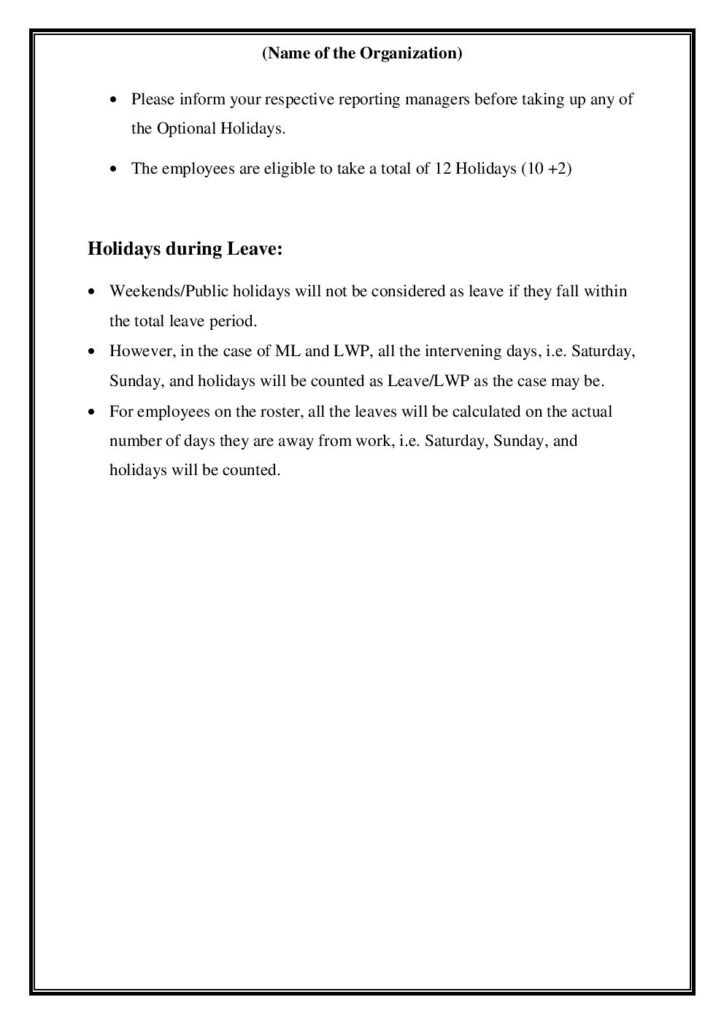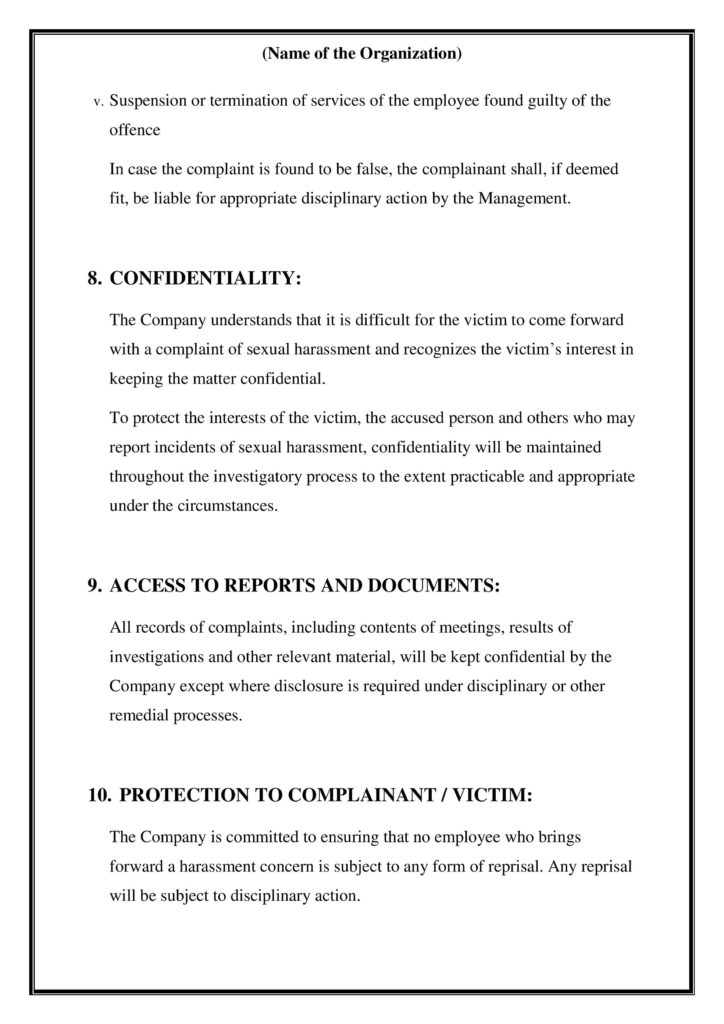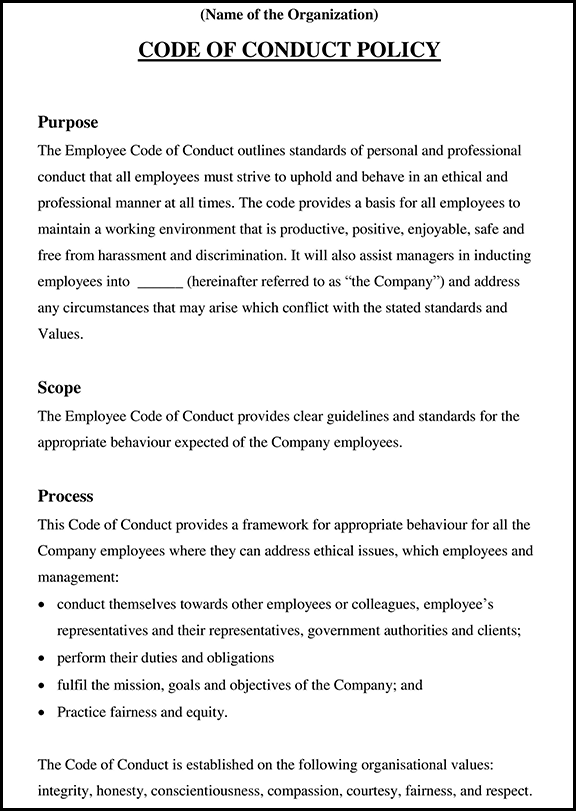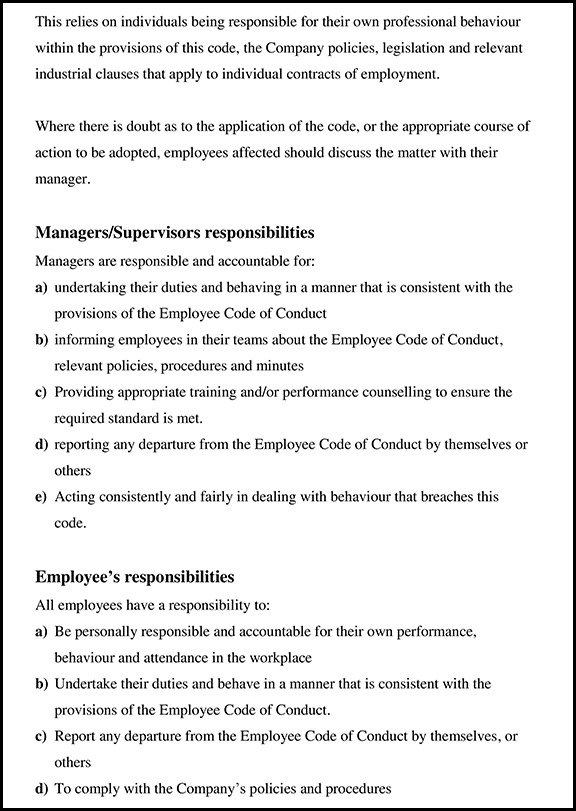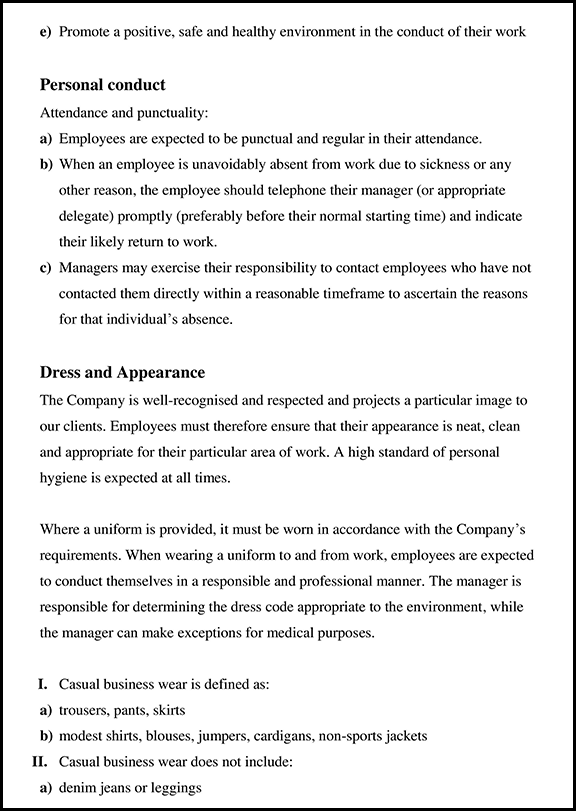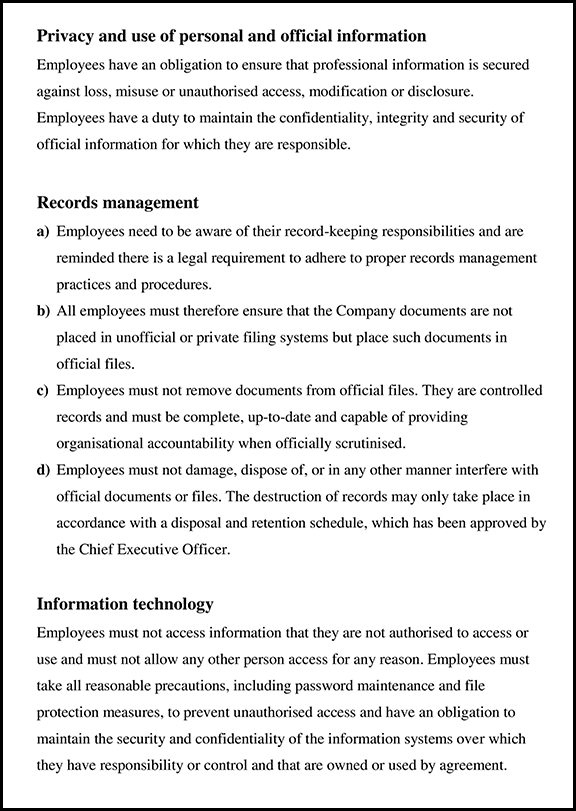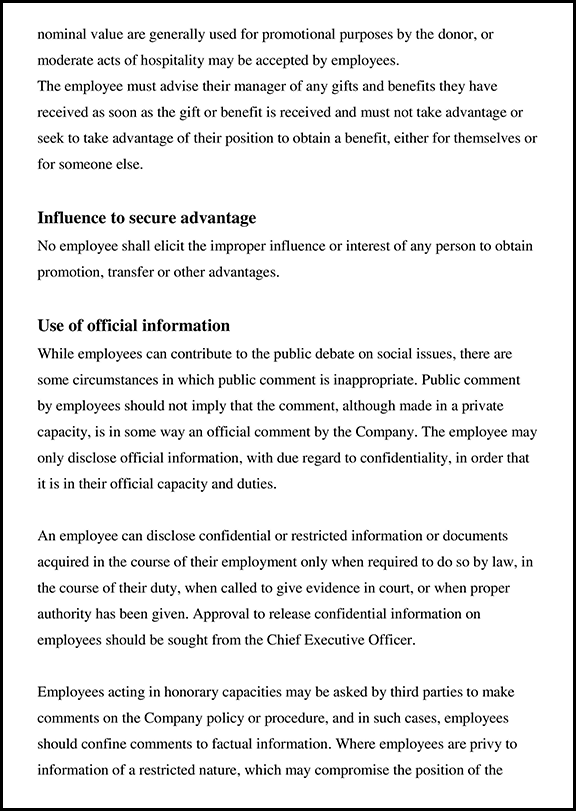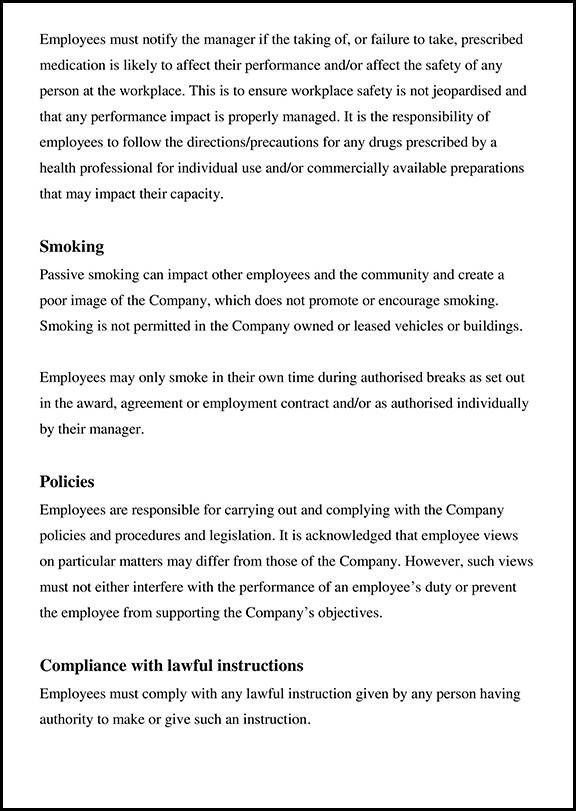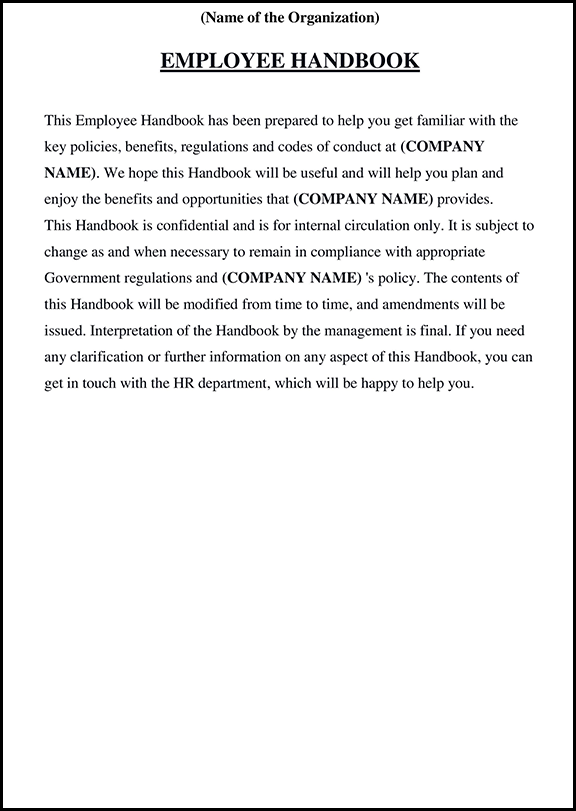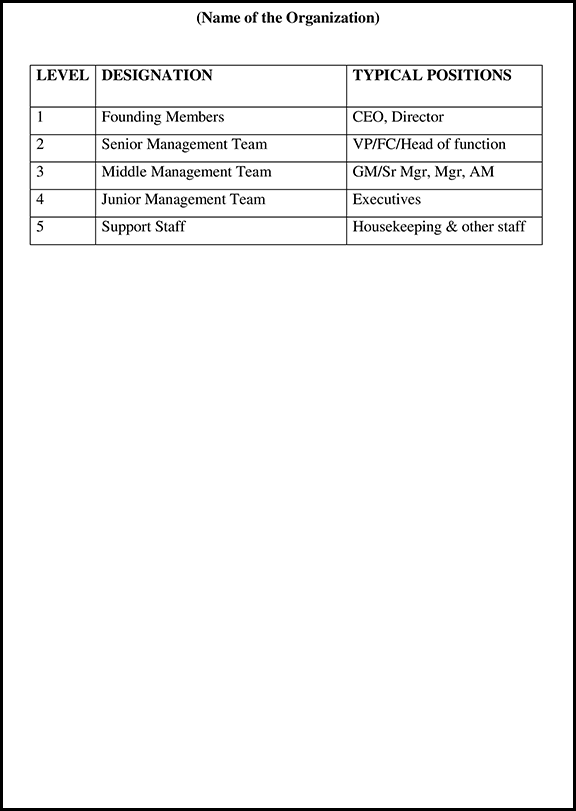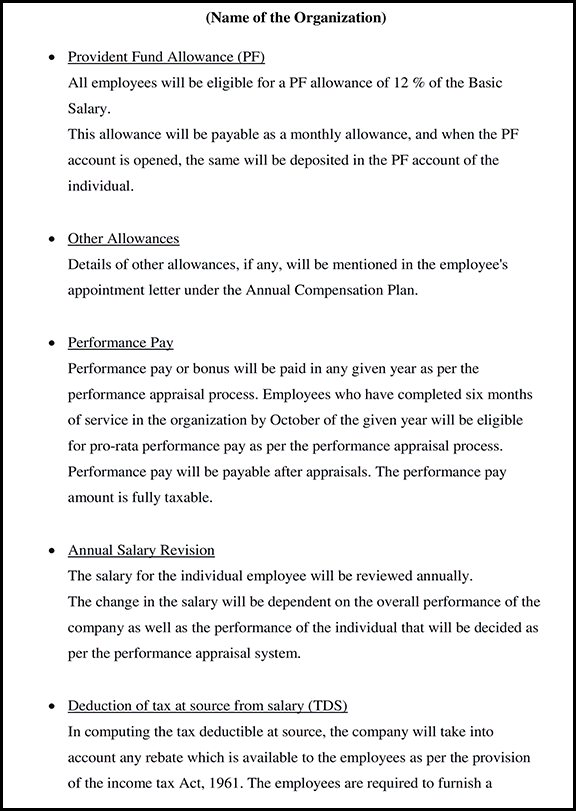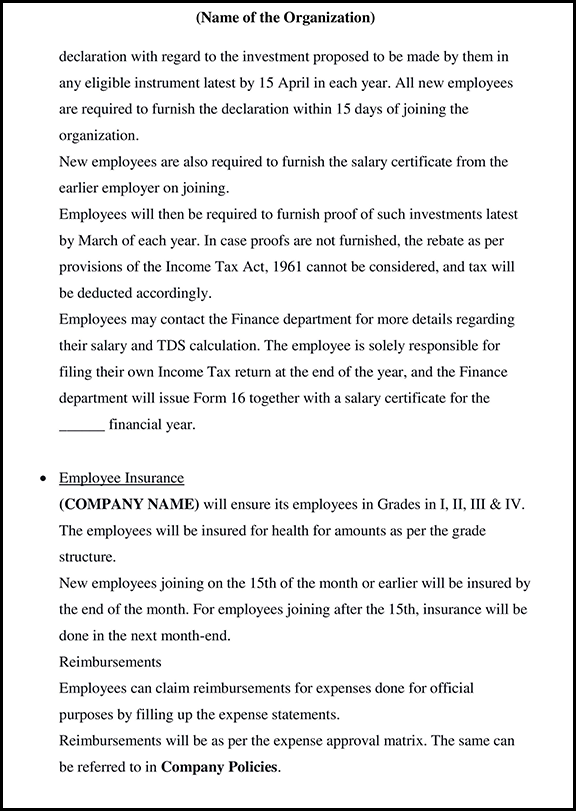
Employee Training and Development: The Ultimate Guide (2024)
Introduction to Employee Training and Development in HRM
Employee training and development is a program that helps to learn a particular skill as well as knowledge to improve employee performance & productivity in their current organization or job role. It developed future performance & helps focused on more employee growth.
Companies that have a proper training and development process can retain more employees, see higher profitability, and have more engaged employees. Furthermore, it helps the organization avoid the costs linked to losing talents.
Training and developing an employee doesn’t simply help their growth but pushes the company to grow as well. Likewise, it helps employees know that they are valued in the organization.
Whereas, employee development has a broader scope. It is a long-term activity that focuses on the development of an individual. Employee development can be defined as the process of employees honing, developing, and learning new skills that align with the goals and vision of the company.
An organization that nurtures its employee skills and thinks about its growth certainly attracts better talent and sustainability.
“Training and developing an employee doesn’t simply help their growth but pushes the company to grow as well.”
What is Employee Training and Development?
Any action that includes helping employees enhance their knowledge and skills or improve existing or acquire new skills is known as employee training and development. Development is gaining new information, abilities, or perspectives that equip employees with new directions and responsibilities. Training is just one form of employee learning; others include self-learning, informal learning, coaching, mentoring, and more. Employee training and development means investing energy, time, and resources that eventually improve the company’s personnel.
While employee training focuses on helping the employee do the current job better. It focuses on helping the employee solve the problems that they are facing and helps them develop the skills to solve them. It acts as an upgrade in the current job role.
Breaking Down Employee ‘Training’ and ‘Development’
Employee training and development may sound similar but both have different meanings and roles. An Employee training refers to a short-term activity that focuses on the specific role of the employee. It focuses on the immediate need or requirement of the role. Employee development has open-ended goals and doesn’t focus on one job but the entirety of an individual. While employee training focuses on helping the employee do the current job better, development helps groom employees for newer possibilities and roles.
Types of Employee Training and Development
1. Technical Training
You might have employees who are perfect in whatever job roles they have, be it accounting, content writing, SEO, or more. But you must have heard that no knowledge goes unused, and there is always room for improvement and learning. Tech is constantly upgrading and changing, and as a company, you must invest in your employees to acquire relevant skills and boost their knowledge.
2. Customer Service Training
Employees who work in customer service are coached to enhance customer support and happiness. A solid customer service training program includes improving interpersonal communication, product knowledge, dispute resolution, crisis management, and other skills.
3. Leadership Development
Leadership development training is vital to any organization’s growth and success. It can help develop the skills and competencies of individuals, teams, and the organization. In addition, leadership development training can be tailored to address specific needs, such as developing a team-oriented culture, growing communication skills, fostering creativity and innovation, or helping to create a more diverse and inclusive workplace.
4. Safety Training
Safety training is not only necessary in an organization but also for a person’s personal use. Make sure employees understand the safety procedures and protocols relevant to their job. Teach employees how to use safety equipment properly. Employees should know who is responsible for safety at the workplace and who to turn to during safety emergencies and provide regular safety reminders.
The training encompasses customer safety, employee safety, digital and information safety, and workplace safety. Safety training includes the training complied with by the law and what the organizations offer.
5. Sales Training
Employee sales training should be ongoing to ensure that your sales team is up to date with the most effective methods and strategies for sales. Training should cover customer service, sales techniques, managing customer relationships, upselling and cross-selling, and sales goals. Employees need to understand that sales are a process that requires ongoing training and practice to succeed.
6. Culture Training
Employee culture training is designed to help employees better understand the organization’s culture and values. It often includes corporate ethics, equality and diversity, communication and teamwork, customer service, and problem-solving. It can also have specific policies and procedures related to the organization’s culture. In addition, employee culture training is often used to promote a positive workplace atmosphere and ensure that employees are productive and engaged.
Benefits of Employee Training and Development
1. Business Impact
As we all say health and wealth go hand in hand in the similar way training and development of an employee also impact the business of the organization, the better the skillset is, the more effective that employee would be for providing great service to the organization.
You have to design your training program in such a way that it meets the organizations’ overall goal because the right set of employees will be your most reliable asset.
If the employee receives the right training then he can develop future leadership skills and can be more goal-oriented. It’s as simple as” If you invest in your employee their growth will invest in you.
2. Analyze Skill
Every employee in your organization will be having one great skill in which the organization can train him and make him the best working employee in that field. Opposite to this, there will be some employees in your organization lacking certain sorts of skills so you can analyze it and train that employee well and provide him the opportunities to grow. This process will ensure that every employee gets proper training and can be efficient to perform various tasks.
Analyzing Skills can be categorized and impactful through these 3 following methods:
Increasing Productivity
The employee who’s been provided proper training will for sure increase his productivity level and will be more aware of the opportunities to grow in the company. In addition to this, the confidence level of the employee will also be rising which would lead to an employee being more productive.
Motivation
The word “Motivation” plays an important role in an organization but as we all know Motivating every single day would be quite difficult and there will be days often where employees could be feeling low so here’s what you can do: You can tell them about a purpose to achieve which will keep your employees motivated in a proper manner.
Decision-Making Skills
Every employee may perform different activities but decision-making skills are one common skill every employee needs. You can first evaluate the situation, look for the possible number of solutions(options), look around the pros and cons of the options you have, and then choose the appropriate option. An employee who has good decision-making skills will definitely help the organization to progress.
3. Time & Cost Saving
This is one of the key points of Employee Training and Development, as training an employee requires a good amount of time and planning but it’s all worth the efforts because the time you invest in training will result in a great performance of the individual and as far as the cost is concerned there are some effective ways through which you can lower the cost which is: Choosing online learning platforms as it’s very cost-effective and is convenient, Involving everyone in the organization so that the seniors and juniors can interact with each other and exchange knowledge, etc.
4. Positive Employee Retention
Most organizations spend resources and time in hiring well-qualified talents however, that effort stops once the talent is hired. This is the reason employees often leave organizations, as there is a lack of growth in their roles. Therefore, training and developing talent will help them grow and be engaged with the organization. As we know, engaged employees are less likely to jump ship and will want to stay in the organization.
5. Trains Future Leaders
Training and developing the skills of your employees doesn’t just benefit them but it also benefits the organization in the long term. It helps your employee be prepared for better roles and will provide them with the skill set to handle more difficult situations. It helps develop promotional skills that benefit them and will save the company recruiting expenses in the future. Furthermore, the employee at the leadership level will understand the grassroots of the organization.
6. Increases Workplace Engagement
Stunted growth in the workplace can create negative habits and boredom. Training and developing employee skills will help employees feel more involved with the organization. Furthermore, it pushes employees to build a better skill set and guides them towards a better path. It also influences the company culture to change from being static to being in motion.
7. Helps Improve Weak links
Every employer recognizes a few weak links in their teams. Employees who clearly do not have the required skills. Therefore, a training program truly helps an organization understand these weaknesses and build their employee’s skills. Specific training related to the employee’s job will help them get better.
Furthermore, helping the employee develop will help them understand their shortcomings on their own. This will push them to find resources to improve, themselves
8. Employee Empowerment
When employees feel more empowered, they are able to lead and inspire other employees better. Furthermore, empowered employees are much more likely to have better confidence, autonomy, and a sense of value. Therefore, empowering employees through employee training and development is truly valuable to the company.
“Employee Training refers to short term activities that focus on the specific role of the employee. Employee development focuses on honing, developing and learning new general skills”
The idea behind StartupHR Toolkit is to make HR documentation an easy and quick process. 😃
Just checkout our happy customer 😉 giving their whole heartedly feedback to our product StartupHR Toolkit 😊
Steps for an Effective Employee Training and Development Program
Creating a training and development program is a difficult task. It requires time and resources, therefore several companies outsource this task to other organizations.
If you want to develop an employee training and development program by yourself you can follow these steps:
1. Recognize Your Company Goals
Before you start building your courses, tools, and training material pause for a second. Take a step back and think about the company’s goals and where you’d like to go with the training and development programs.
Think about the biggest hurdles that your company is facing to reach company goals. Furthermore, keep the company’s future strategic arrangement in mind while also keeping the company’s missions and goals in mind.
2. Identify Competencies
Competencies are a group of skills that help improve the job performance of an employee. Few top competencies that can be improved in an organization are teamwork, trustworthiness, and ethics, problem-solving abilities, decision-making abilities as well as communication. Identify those competencies that fit your organization and then work on improving them.
The impact of improving competencies in an organization has a direct effect on the productivity of an organization. In a study by Development Dimensions International (DDI), it was found that 89% of the best-in-class organizations had core competencies defined for each of their roles in the organization.
3. Do a Gap Analysis
Now that you understand where you’d like to take your employees it is mandatory to understand where they currently stand. This information might already be available to you in your HR documents, reviews, job descriptions, and more.
If it is not, it is a good idea to do a 360-degree review of the employees in the organization. So, this will help you understand where you stand and how much gap needs to be covered.
4. Interview Employees
It is safe to say that a training and development program cannot be complete without actually talking to the employee. Sitting down and talking to employees will help you understand what causes the gap and how you can solve it. Furthermore, it will also give you an insight into the employee’s mind.
You can even take this opportunity to ask them about their future goals. For example, if you’d like to train someone to take on a leadership role, it is a good chance to bring it up and understand whether they’d even like to take the leadership role.
Some people are happy in their own roles and being put into a leadership role might make them feel uncomfortable and create resentment.
Therefore, it’s a good idea to simply talk to the employees regarding the problems that they face and build programs that address those concerns.
5. Offer Formal Training
Dd With your company’s Competencies being identified, the gap analyzed and employees interviewed you are not ready to start closing in the gaps. Formal training should be put together to help employees develop the skills that they lack. As can be seen, business skills, skills related to their roles, or soft skills.
The employee training itself can be simple training videos picked online as well as custom made videos. The best way to go about it is through a blended learning technique. Wherein videos are sent to the employees to learn from and an instructor is hired to spend their time on group discussions, practical examples, Questions and answers, and more.
6. Select The Right Training Tools
When launching a training program it is important to understand the right training method for the organization. The way employees learn is also affected by the mode through which the training is conducted. It also affects their retention and their ability to implement the newfound skillset.
Tools for Employee Training
Different organizations have different training approaches, while most of them have a mix of the following programs. The following are the most common approaches to “Employee Training and Development”.
1. Educational Videos
2. Work Shadowing
3. Attending conferences/ workshops and seminars
4. Instructional guides
5. Training material
6. Case studies
7. Group discussions
8. Mentoring as well as coaching programs
9. Simulation methods
10. Benchmarking
11. An analytical approach through questionnaires, cognitive analysis, etc.
12. Training guides & manuals.
Innovative Training Approaches
Organizations are adopting various disciplines to inculcate a tradition of learning and development. Many innovative employee training and development in HRM initiatives have been created. Training programs are designed such that they could be accessed across a larger population of employees as well as remain a fairly 1-2-1 experience in deliverance.
Some of The Innovative Approaches For Training and Development in HRM are:
1. Gamification
2. Feedback Oriented Training
3. e-learning
4. Interactive Software Assistance
1. Gamification
The aid of artificial intelligence, influenced by the element of gamification, is now used to train employees. A visually stimulating environment that creates a near real work problem scenario with a solution approach. Also, this is uniquely designed to offer employees a pilot understanding of the actual work situations. The modules are analyzed for winning or losing remarks as results. Gamification ensures better understanding as well as the confidence to deal with real work situations.
2. Feedback Oriented Training
A feedback system ensures better facilitation of newer approaches. Feedback Oriented Training ensures what has not worked in the past and what is the possible gap that can be understood and eliminated in the forthcoming programs.
3. E-learning
E-Learning is the quick fix training method for the geographical scope of implementation. Organizations having a wider worldwide reach and also working on standard practices can have an e-learning platform as a one-point solution to offer training.
The e-learning method also means that the training database could be accessed any number of times without having a physical trainer and repetitive training costs. E-learning can use various techniques, for example, you can make videos, slideshows, quizzes, surveys, games, discussion groups, and more
4. A Trainer
What cannot be replicated is a physical trainer who comes with a precious treasure of experience, and inarguably who cannot compare to Artificial Intelligence. A trainer has case-specific solutions and approaches as compared to the standard training modules and Artificial Intelligence. A human touch to learning is anytime an incomparable experience.
5. Share Employee Success Stories
When an employee does commendable work, make it a point to appreciate their work in front of other employees. Apart from inspiring other employees, this will also challenge them to work better. Furthermore, it will help the employee feel recognized and seen by the organization.
Appreciating and rewarding the right behaviour can also be categorised under training and development in HRM. It shows an employee which path should be taken and guides their way ahead.
Barriers in Employee Training and Development
Employee training and development is a vast arena, and organizations often face challenges in setting the right learning culture. Some of the challenges faced are:
1. Lack of a robust training department.
2. Lack of management support.
3. A weak culture that does not facilitate learning as well as implementation in the organization.
4. Employee is resistant to attend training.
5. A fundamental not only non-clarity of job roles but also growth path.
6. Budget Constraints
7. Ambiguous company policies.
Organizations that realize the importance of not only Employee Training and Development but also spend time and HR budget in developing programs that can enhance their growth. Training is a by-product of appraisals too. Organizations with a robust appraisal system can figure out the visible gap and patch it up with relevant training.
Some organizations are building an internal database of specialized experts, and in this, Also they have gone a notch high with identifying the right employees and the necessary skill-based training they can attend. Organizations have created an inbuilt training program for employees who are freshers and also just out of colleges.
The level of preparedness of an organization should be speculative and sensitive to future market needs. and, a dual motive of employee growth and parallel company growth should be the strategic vision.
Organizations like Capgemini are ensuring to train their fresh employees on the technology frontier and build experts within the company. and, the company sponsors this training.
Organizations Employee Training and Development Programs
Training & development is a crucial part of any organization’s growth, aligning the organization’s workforce with its goals. for this reason, where an organization is unwilling to spend on training, the consequences can be catastrophic.
1. Increase in employee turnover due to stunted growth
If an employee doesn’t see personal growth in an organization it is likely that they will jump ships. So, employees who already possess the necessary skills will see better opportunities to grow outside the organization.
2. No learning atmosphere means a static growth culture
When an organization doesn’t cultivate a learning environment it trickles down and becomes the work culture. If there isn’t a learning atmosphere in an organization it will be difficult for employees to adjust and adapt to the newer technologies. Furthermore, it will add to the stunted growth of the company.
3. Existence of obsolete practices
Over a period of time, newer and better possibilities of similar tasks can be implemented. This also helps save resources and expenses. However, without proper training & development employees will not be able to keep up with the upcoming practices. This will lead to wastage of time, resources, and money
4. Teams, tasks, and processes are falling apart
This can happen due to a lack of skills in particular roles. The burden of untrained employees will be passed on to skilled employees. and, this will create extra workload and unhealthy deadlines for skilled employees, thereby pushing them to quit.
5. Employees being unable to adapt to new requirements of their roles
Almost every field has had to adapt to a certain aspect in these past few decades. If an organization is unable to adapt to these changes then it will cost the organization a lot of money and time. Lack of employee training & development in an organization will lead to employees that aren’t able to adapt to the new requirements. In a fast-paced world, that is a huge disadvantage to a company.
Conclusion
Whether you hire the top talents or not, it is important to keep training and developing your employees so that the company keeps running successfully. and, The cost of not doing it is simply too high. Furthermore, employees that are in a habit of growing and learning will surpass those that aren’t. Learning is a lifelong journey, and also cultivating that in your employees will help make the company more resilient to change. As an HR professional, it is your duty to ensure that the correct employee training and development take place in the organization.
Employee development will help you have a more-rounded workforce. and also capable of taking up challenging tasks and employee training will help you have better-skilled employees. Therefore, they both are equally important and should be focused on.
Join a Community of 1,00,000+ HR Professionals
















